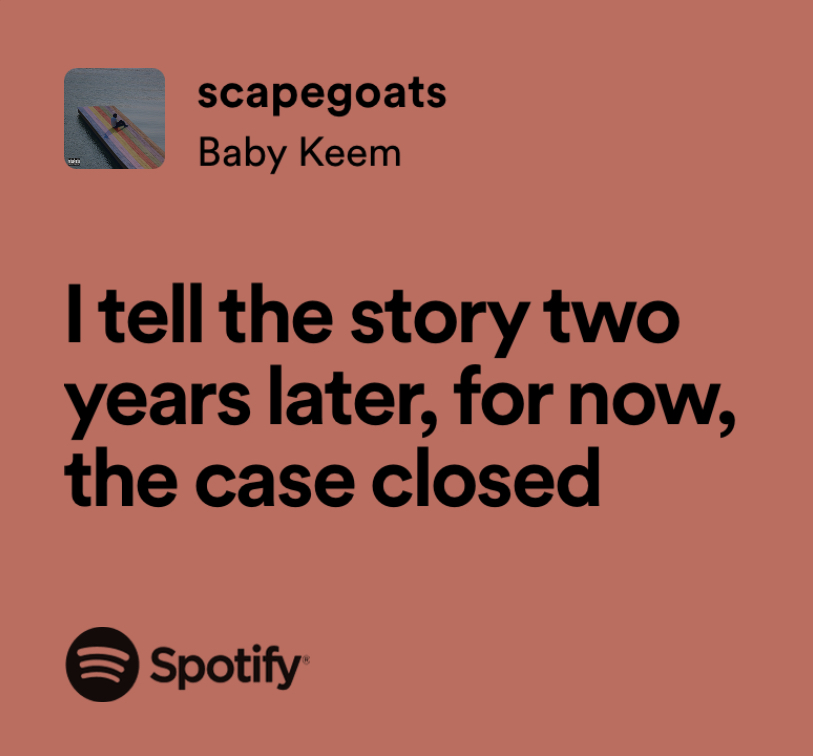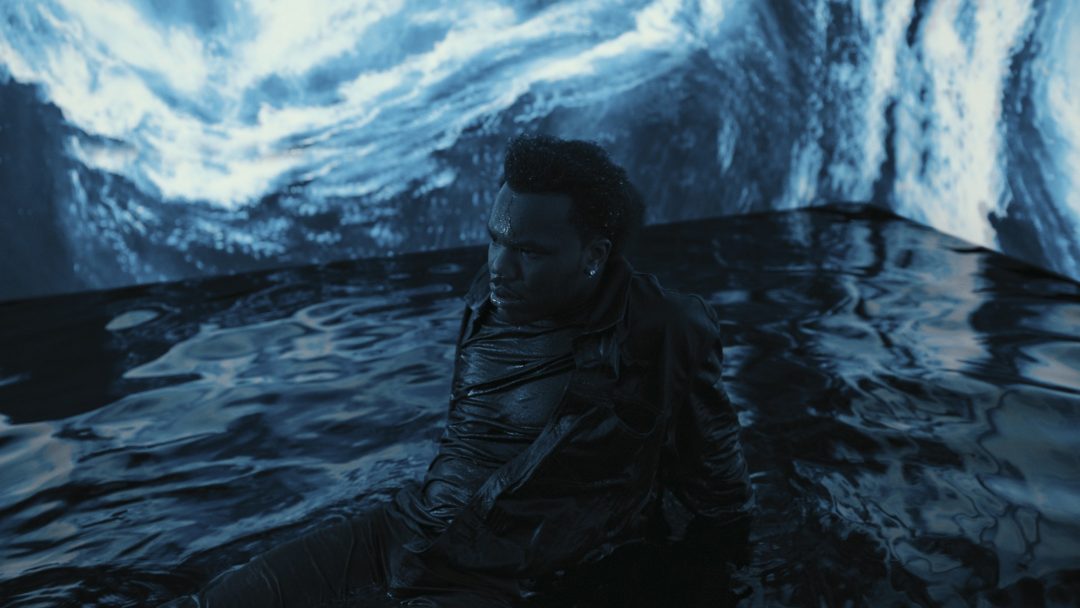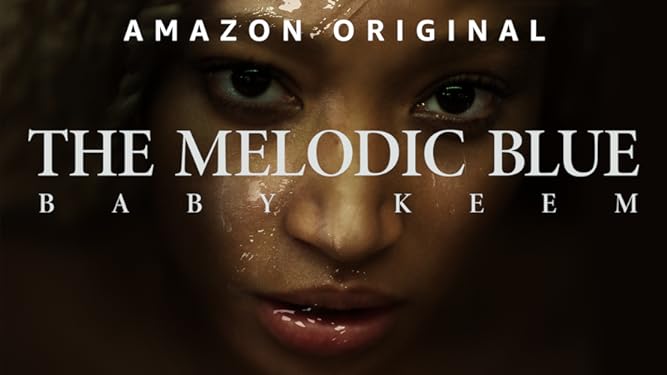“Family Ties” by Baby Keem and Kendrick Lamar is one of the biggest rap songs of the 2020s so far. At parties and concerts, the sounds of the songs trumpets are enough to get a whole crowd riled up.
It won a Grammy for Best Rap Performance and was the biggest song on Keem’s second album, “The Melodic Blue.” The LP had other memorable songs such as “16,” “lost souls,” and “scars,” which were all celebrated for their audible emotion. But one song stuck out for a different reason, “scapegoats.”
Towards the end of the song the artist says, “I tell the story two years later, for now, the case closed.”

Fans never knew what the rapper was referring to, but Keem gave his answer last month with the release of the short film, “The Melodic Blue.” It lived up to the mystery of the build-up, but it’s by no means ground-breaking.
It was originally announced on Nov. 11 at the Camp Flog Gnaw festival and an official trailer was released on Nov. 28, which gave a release date of Dec. 5.
The film acts as a connection to the album and incorporates some of the songs into the soundtrack, but it tells its own separate narrative.
The story is about Baby Keem’s character, Hykeem, battling with an addiction to a place called “The Melodic Blue.” It’s described as a place where all good senses are heightened, but the others are blocked. Simply, “lust feels like love” according to a character in the movie. It’s essentially a place where someone can fulfil their sexual desires to the fullest extent.
One must go underwater to experience this place, and there’s a risk of drowning if you can’t get yourself out. Hykeem’s friend East introduces him to the Blue but warns him of the risk of addiction. East is very blunt with his warnings, however, he doesn’t follow his advice and eventually ends up dying.
Keem’s character continues to venture to the Blue, but like his friend, he begins to slip into a spiral of fixation. Hykeem’s addiction gets to the point where it affects his relationship with his partner Jade.
She doesn’t like him going to The Melodic Blue but not because of the cheating; it’s changing Hykeem’s personality negatively, and she’s worried he’ll fall too deep and end up dying like East.
The story is an analogy for sex addiction in the real world. It plays on the term drowning in addiction by making the addictive situation take place in water. Keem’s character’s desire for the Blue’s experiences is destroying his life.
What started as a weekly outing with a friend, becomes something that consumes him. He puts it as his prime priority, everything else becomes secondary, including his relationships, and even his life.
The dangers of addiction are something that’s been told numerous times, but it’s rarely focused on sex addiction. It consumes many, but this specific illness isn’t widely talked about in the film industry.
While there’s nothing groundbreaking about the complexity of the plot, honing in on this topic makes it a unique experience to watch, and the abstract cinematography assists this as well.
The film has a heavy use of thick borders to draw attention to specific spots on the screen and changes dimensions frequently in the beginning, but it’s not the only eye-catching component.
During the first dive into The Melodic Blue, a transition to animation happens. Blue lights flash across the screen as the camera’s POV moves through the crowd in the Blue.
The use of vivid colours is consistent even when the film swaps back to live action. Both blue and red are used in the second half, both showcasing a different emotion. It’s basic colour grading and it doesn’t need to be anything more, the emotions are displayed clearly.

Baby Keem being a Grammy-winning artist, there was an expectation for the soundtrack to be stellar, which it was, for the most part.
The majority of the songs fit the tone on screen very well. The alternate version of the “scapegoats” sample set the mood at the beginning. It was sombre, soft and sounded meaningful.
It’s unlike how the song “bank account” by Baby Keem and Lil Uzi Vert was used. The tone had to be upbeat to match what was on screen, but Uzi’s verse just doesn’t match the overall vibe, it feels out of place and forced.
Keem including another song would help the scene be better, especially since it’s the climax of the story.
Overall, the film is good, but not perfect. Keem’s acting isn’t always stellar, the connection to the album doesn’t feel like it was planned for the whole time and there’s not enough background for the history of The Melodic Blue.
The topic is sure to encapsulate some viewers who aren’t fans of Keem, but the movie is catered to his fanbase. Despite this, it’s worth the watch and will leave the viewer thinking after the conclusion.
With the announcement of his new album, fans are speculating it to be a sequel to The Melodic Blue album. They might have to wait another two years to see if another short film will be released.




